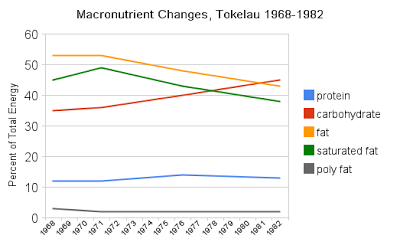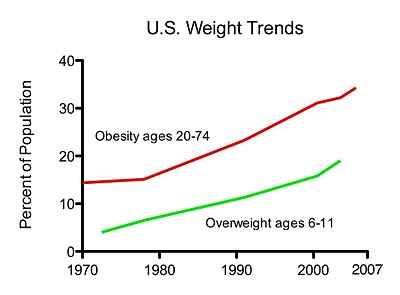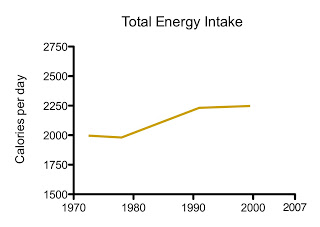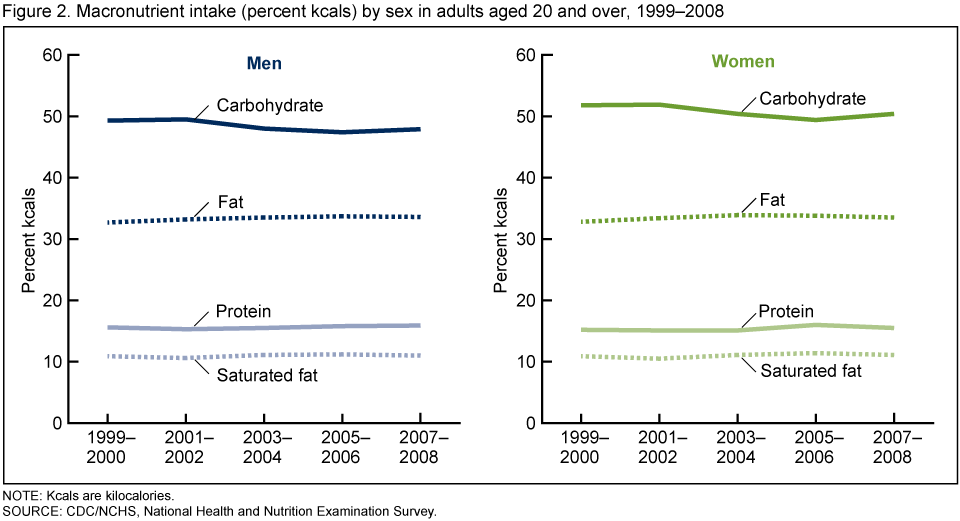Accentuate the Positive as well as The Negative

The Slow Burn Repetition Cycle
When you lift weights, there are two things you have to do:
1. Lift the weights up (a.k.a the positive)
2. Lower the weights back down (a.k.a the negative)
The chart above is what we use at Serious Strength to give clients a basic idea of how to perform a repetition when exercising. The repetition is the nucleus, if you will, of any weight training program. If the quality of your rep is high, the quality of your set will be high and thus, the quality of your session will be high.
We always tell our clients, it’s quality over quantity. We’re not Nazi’s about clients keeping to this chart perfectly, but we feel that sticking to it closely gives clients a good, solid foundation for performing a quality rep. Like I say to the naysayers, how and why is it better to move faster?
Some argue that there is indeed an ideal lifting and lowering tempo, while others could care less and spout meat-heady things like: “Just lift the damn thing and lower it! Oo,oo,oo,oo,ah,ah,ah,ah grunt, scratch.”
I don’t think that there is an “ideal” or perfect weight lifting tempo. But I think some discussion on this issue is important in order to understand the issue more clearly. And a little science couldn’t hurt us.
In traditional resistance training, lifting a weight as quickly as possible results in a very fast or explosive motion – if the weight being lifted is light that is. If it results in a very slow lifting tempo, then the weight is very heavy – heavy for that particular individual.
When using good lifting form and not attempting to duck underneath a weight to lock out your joints into an infinite lever position (as on Olympic lifting), you can’t move a heavy weight quickly. Even in O lifting, the weight doesn’t really move fast – the lifters body does.
Take a look-see:
[youtube=https://www.youtube.com/watch?v=GUl7UqbL3uc&w=540&h=360]
You can’t push your broken down, out of gas Hummer off the road lickety-split. If you can even move it at all, it will be slow going.
I’ve argued with trainers ad-infinitum as to whether or not lowering a weight slowly is better than quickly. While I believe that there is not perfect lowering tempo, lowering a weight slowly requires more energy output.
From Brunnstrom’s Clinical Kinesiology, page 144:
Thus less energy is required to lower a given load quickly than to lower it slowly.
A trainer friend once said to me that performing the negative quickly allows for more total positive contractions and since the positive is harder than the negative, this makes for a more intense set. Intensity (i.e., a high degree of muscular effort – not grimacing and grunting like a wild boar) is key to recruiting all of the available muscle fibers. Volume of work is not the stimulus for increases in strength and muscular growth. Intensity is the key.
Performing the negative slowly requires more energy expenditure and this makes the subsequent positive contraction harder, meaning, more intense. So the question is what’s better – more total positives contractions, or more intense positive contractions? I vote for the latter.
Also from Brunnstrom’s:
At slower speeds, the maximum number of cross-bridges can be formed. The more rapidly the actin and myosin filaments slide past each other, the smaller number of links that can be formed between the filamnets in a unit of time and the less amount of force is developed.
So it’s really better to perform both the positive and the negative slowly. But dropping the negative is not such a great idea.
In the study by Farthing and Chilibeck, The effects of eccentric (positive) and concentric (negative) training at different velocities on muscle hypertrophy, the researchers conclude that fast negative training is the most effective method for improving muscle growth.
Not so fast rabbit!
This researchers used what’s called an isokinetic training machine for the strengthening protocol. An isokinetic machine (isokinetic means “same speed”) delivers resistance via a servo motor that you can set to different velocities. It has a screen that shows you how much torque you are producing at each given speed.

An isokinetic exercise machine
For example, a velocity of 30 degrees per second on the positive (lifting) means that the trainee has to produce enough force to engage the motor at 30 degrees per second. This would be a challenging amount of force to have to produce to engage the motor. 180 degrees per second would allow you to move your limb much more quickly producing far less torque or force on the machines monitor.
When performing the negative, the servo motor acts on the limb by itself and so a faster speed will impart more resistance to the limb. So it’s sort of the opposite. The researchers didn’t think their conclusion through very thoroughly. It’s not the speed of movement that causes better strength gains, but the degree of muscular effort/tension or intensity that matters most. A more intense negative is better and a slower negative is more intense than a fast one.
How fast can you run up a really steep hill?
We all know the song by Mercer and Arlen, Accentuate the Positive. But if you don’t, take a listen:
[youtube=https://www.youtube.com/watch?v=pUdFIPknB_Y&w=540&h=390]
While the songs title is a terrific way to look at life, it’s not a good recommendation for weight lifting. So do indeed accentuate the positive, but don’t eliminate that negative by going fast. Accentuate it by going slow!
























